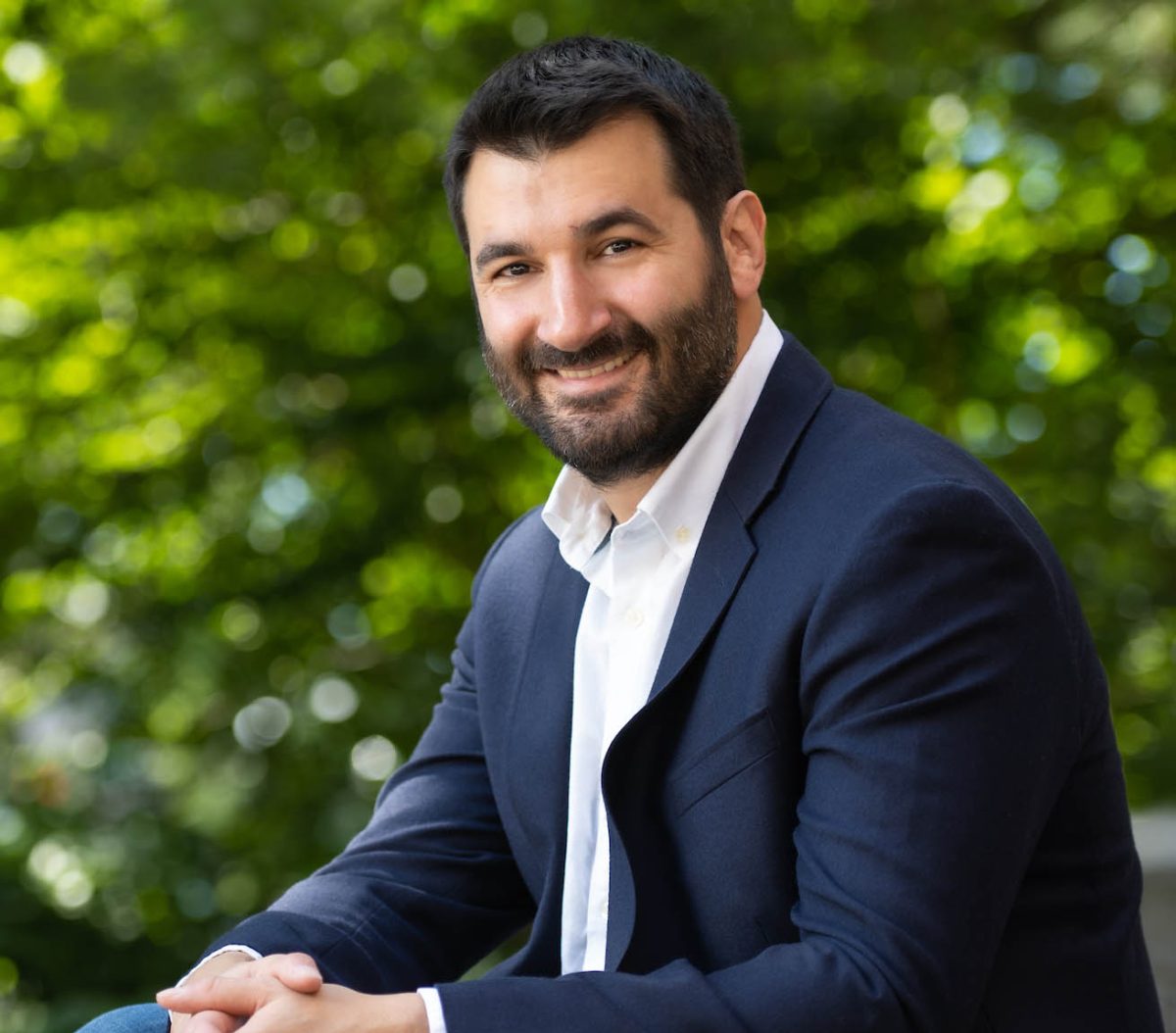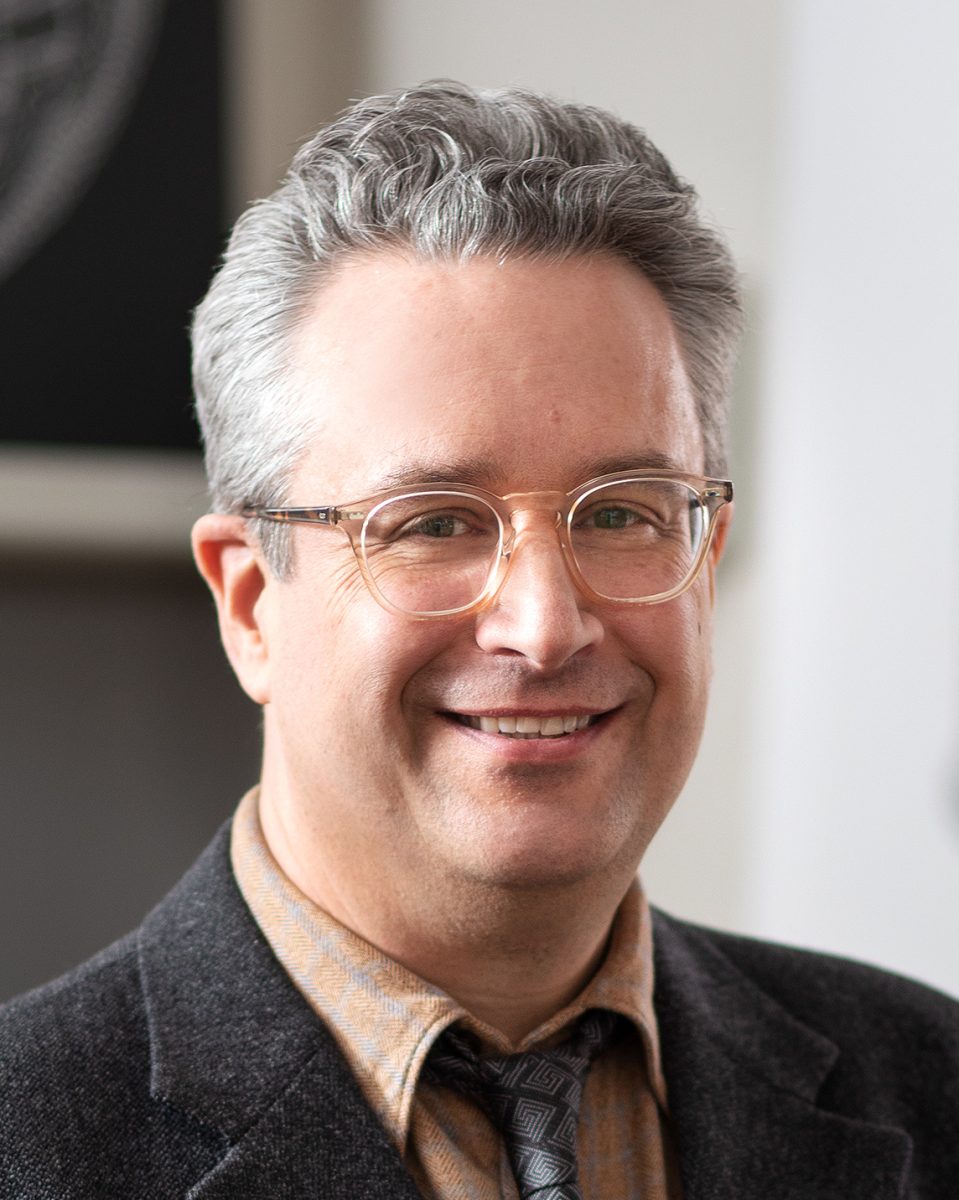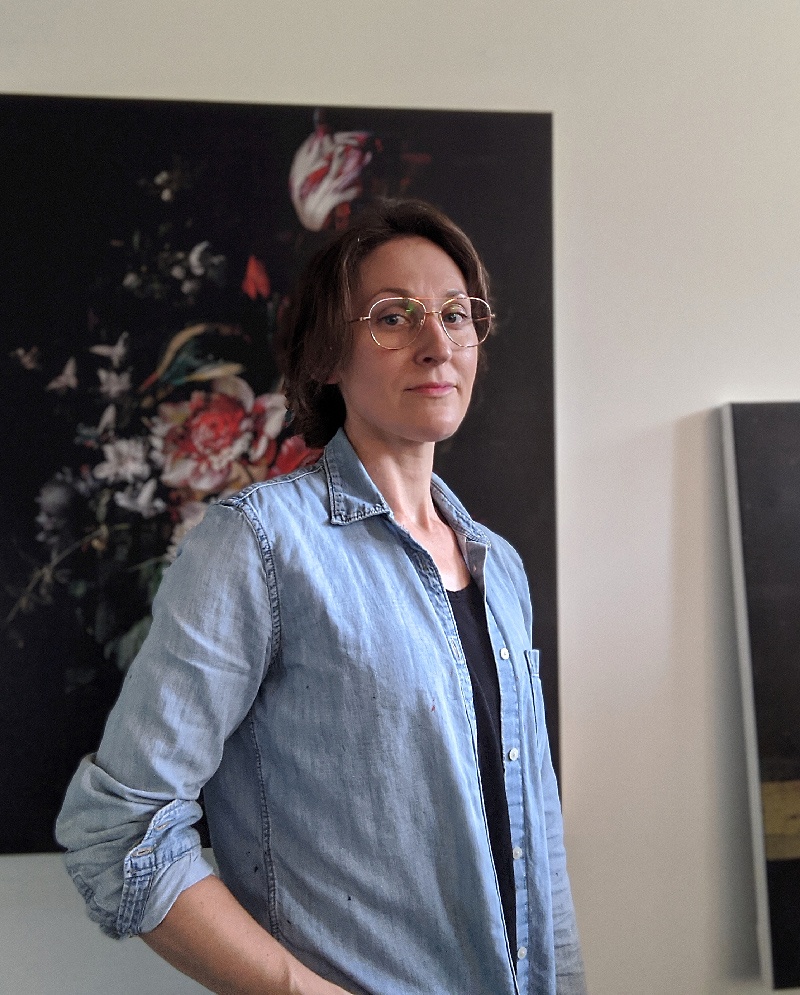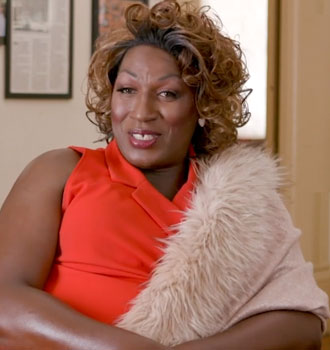Ghassan Abou-Zeineddine was recently hired as an assistant professor in the Creative Writing department. He is a fiction writer specializing in Arab-American narratives. This month, Abou-Zeineddine released his debut collection of short stories titled Dearborn, published by Tin House. The book depicts Dearborn, MI, a suburb of Detroit, which contains the highest concentration of Arab Americans in the United States. On Sept. 28, Abou-Zeineddine and Visiting Assistant Professor of Creative Writing Pallavi Wakharkar led a fiction reading in Dye Lecture Hall.
This interview has been edited for length and clarity.
The cover of Dearborn depicts a postcard of the industrial aspect of the city of Dearborn. What is the meaning behind this?
I told the editor that I was hoping for something whimsical and colorful because the stories are tragic comics. So when they sent this, I just loved it because it’s the Ford River Rouge Complex, and the automotive industry features a lot in the short stories. There were Arabs who arrived in the Detroit metro area before the Ford Motor Company started offering its employees $5 a day. There were just droves of Arab Americans and until this day there’s a lot of Arab Americans who work in the factories. It’s not uncommon that recently arrived immigrants, who might work in the factory for several years, would try to save up enough money in the hope of opening their own business. I like that the factory is on the cover, right? It’s just so central to the city and to the stories.
Your characters span a wide range of the Islamic spectrum. What was it like to shift from story to story with such different variations?
There’s a big contingent of Lebanese Muslims from the Levant Bay in Dearborn. Following the U.S. invasion of Iraq and the Iraqi Civil War, a lot of those immigrants left the Middle East and they came to the Detroit metro area. So over time, Dearborn became increasingly more Muslim. The majority of the Arab Americans are of Islamic faith, but it’s important to also know that the Arab world and Arab Americans are very religiously diverse, and that being Arab-American doesn’t necessarily mean you’re Muslim. In the story collection itself, I wanted to share a diverse range of voices and a diverse range of characters’ relationships with Islam. Some characters are religious, some characters are very secular, and some characters aren’t really believers. I also wanted to show that there’s no one experience of what it means to be Muslim; it means something to every single person, which goes to my wanting to show the diversity of these voices. Just as there’s no one monolithic representation of what it means to be Muslim, there’s also not one monolithic representation of what it means to be Arab-American.
Can you describe what motivated you to address nonbinary identity in Arab culture? How have you worked to address queerness in Islam through your writing?
Dearborn is a very conservative city, and it’s not necessarily generational. There are a lot of young Arab Americans who are incredibly conservative and unfortunately have exhibited or demonstrated transphobic or homophobic views. So I wanted a queer character to be part of the world that I was creating, because they’re there. We have to recognize them. One of the characters, Yasser/Yusra, is a married butcher. He has a 23-year-old son and a wife. He’s always hid his identity and he’s trying to figure out who he is as a person. So, he goes every week to Hamtramck, which is a city within Detroit. In this Yemeni-American and Bangladeshi-American city, he forges a bond with a Yemeni woman and reveals his true identity. Before I published the book, there was an attempt to ban the display of the pride flag in Hamtramck. I just thought that was so devastating. How do you think that’s gonna make people from the LGBTQ+ community feel? They’re not gonna feel safe.
This semester, you are teaching Introduction to Fiction Writing. At the University of Michigan-Dearborn, the student population was vastly different from Oberlin College. How has your work changed?
At the University of Michigan-Dearborn, it’s mostly first generation students. Most of them are working 20 to 40 hours a week just to even pay their tuition. It’s a different student body.
Before that, I actually taught for two years as a visiting professor at Kenyon College. I think that liberal arts experience really prepared me for my teaching career. What’s really exciting about Oberlin is that there’s a Creative Writing program that students can actually major in. There’s so many different aspects of Oberlin that really attracted me to the job, one of them being that there is a strong presence of creative writing and a strong sense of community. It’s really a dream job for me.
How are your Arab-American community identity and your teaching content connected?
So, there’s a series of three courses I’ve already taught and maybe sometime in the future I will teach again. Particularly, an introduction to Arab-American literature and Arab-American women writers. I’m interested in the influence of the Arabian Nights on Arab culture, specifically the figure of Shahrazad. She tells stories to the king in order to save not only her life but the lives of other women. In Arab and Arab-American literature, there’s a lot of discussion about how Shahrazad is a feminist and a figure of resistance against male violence and patriarchy. So how do we examine how contemporary Arab-American writers use different tropes from the Arabian Nights, how they are even re-contextualized in a contemporary setting?
On a personal note, it’s my experience in Dearborn that was just so unique because it was the first time in my life that I had ever lived in an Arab-American community. I grew up in the Middle East, actually, but my family came to the States in the early ’90s. I never really had Arab friends and my sister and I felt isolated like we were outsiders. Dearborn was so different, and it was such a transformative experience. It’s an American city, but at some points, you feel like you’re in the Arab world. The store signs are in Arabic. You walk into the grocery stores, and there are a lot of imported goods from the Arab world. When I’m in Dearborn, I speak Arabic with so many of the patrons. When you’re in Dearborn, you know that you’re in Dearborn.













